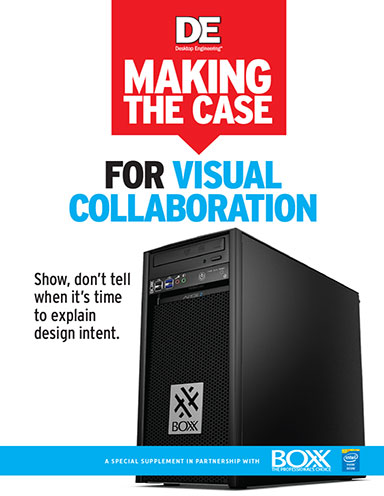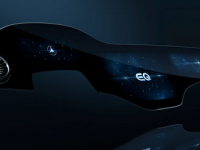
August 10, 2015
Design engineers speak the same language. Tolerances, loads, stresses, thermal envelopes and more make it easy for engineers to communicate design requirements, development issues and engineering changes. However, not all clients and colleagues speak that language, which stymies collaboration and results in inefficiencies and lost opportunities.
Rendering can be the universal language of manufacturing by enabling true visual collaboration among designers, clients, executives and other key stakeholders. Where in the past rendering was a complex, time-consuming task that required expert assistance and expensive computing resources, software and hardware tools now exist that put powerful rendering capabilities into the hands of designers.
A picture may be worth 1,000 words, but rendering can be worth much more as it allows you to fully express the intent of your design, help wi bids, market products, identify flaws and imperfections, and explore future concepts.
You can use the information in this paper to make the case for investing in visual collaboration to your management team. It will help explain how rendering can improve the design process, enhance collaboration and enable better customer interactions.
Fill out the information below to download the resource.
Latest News









